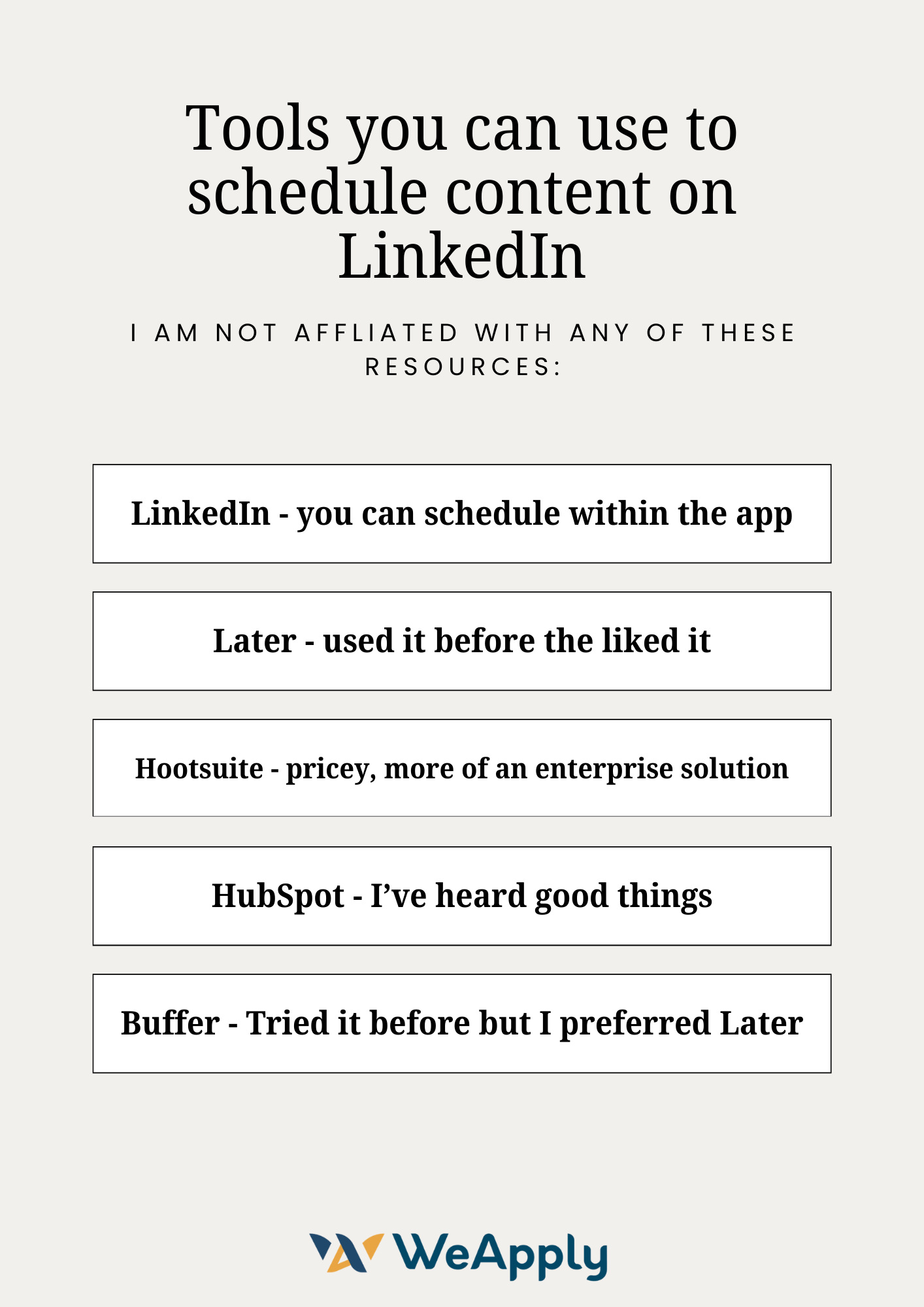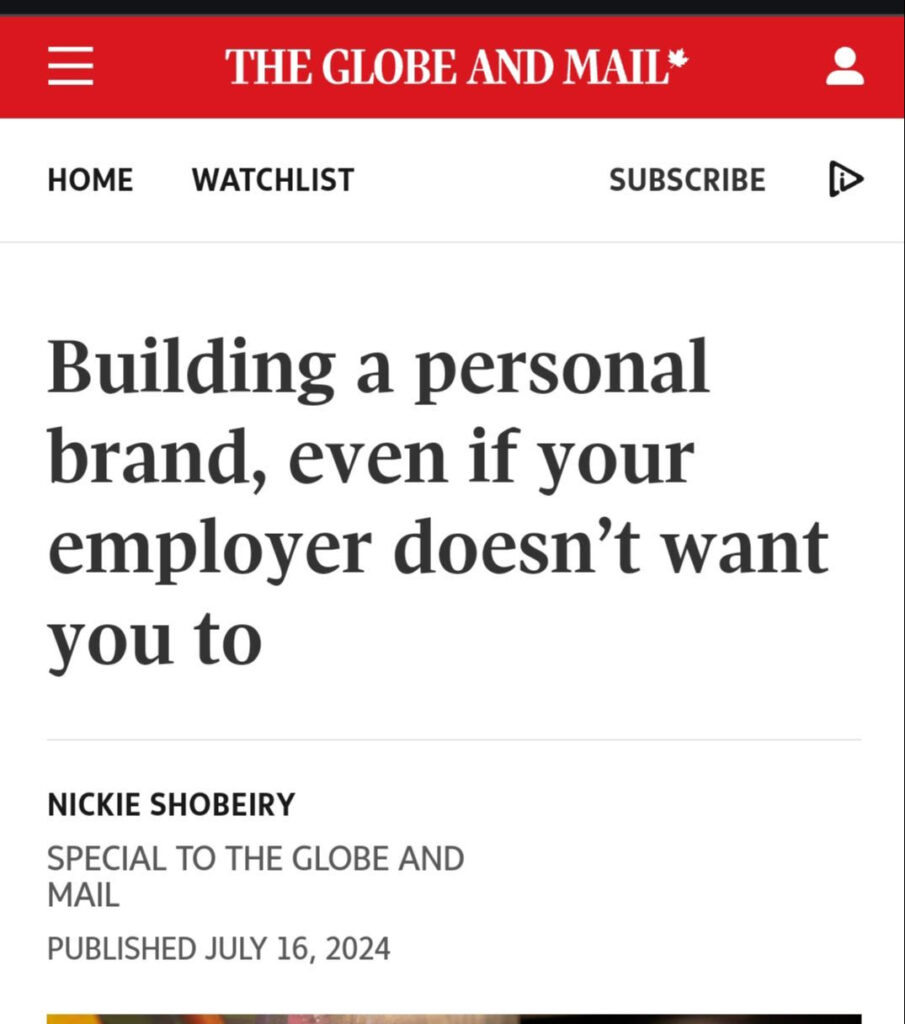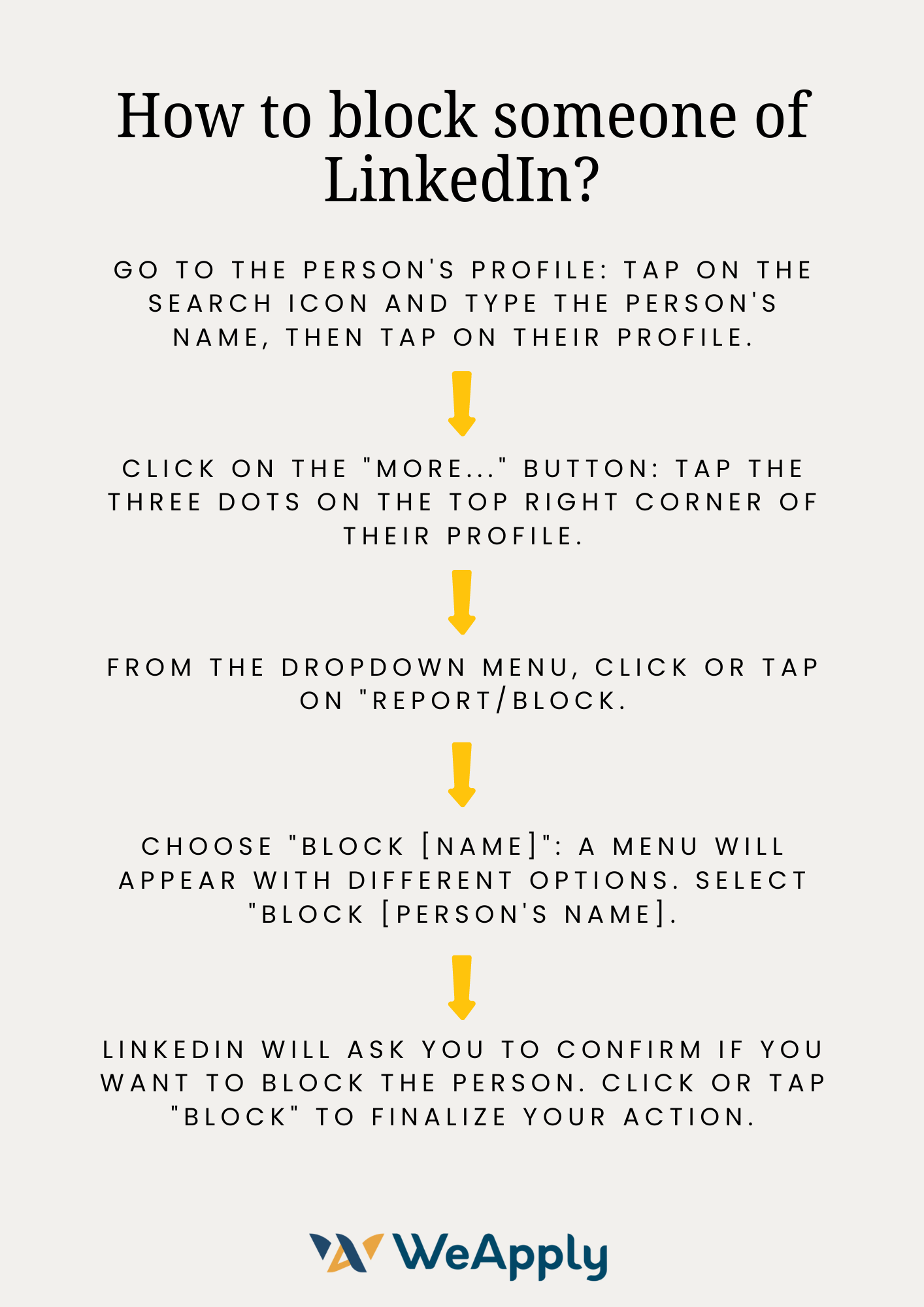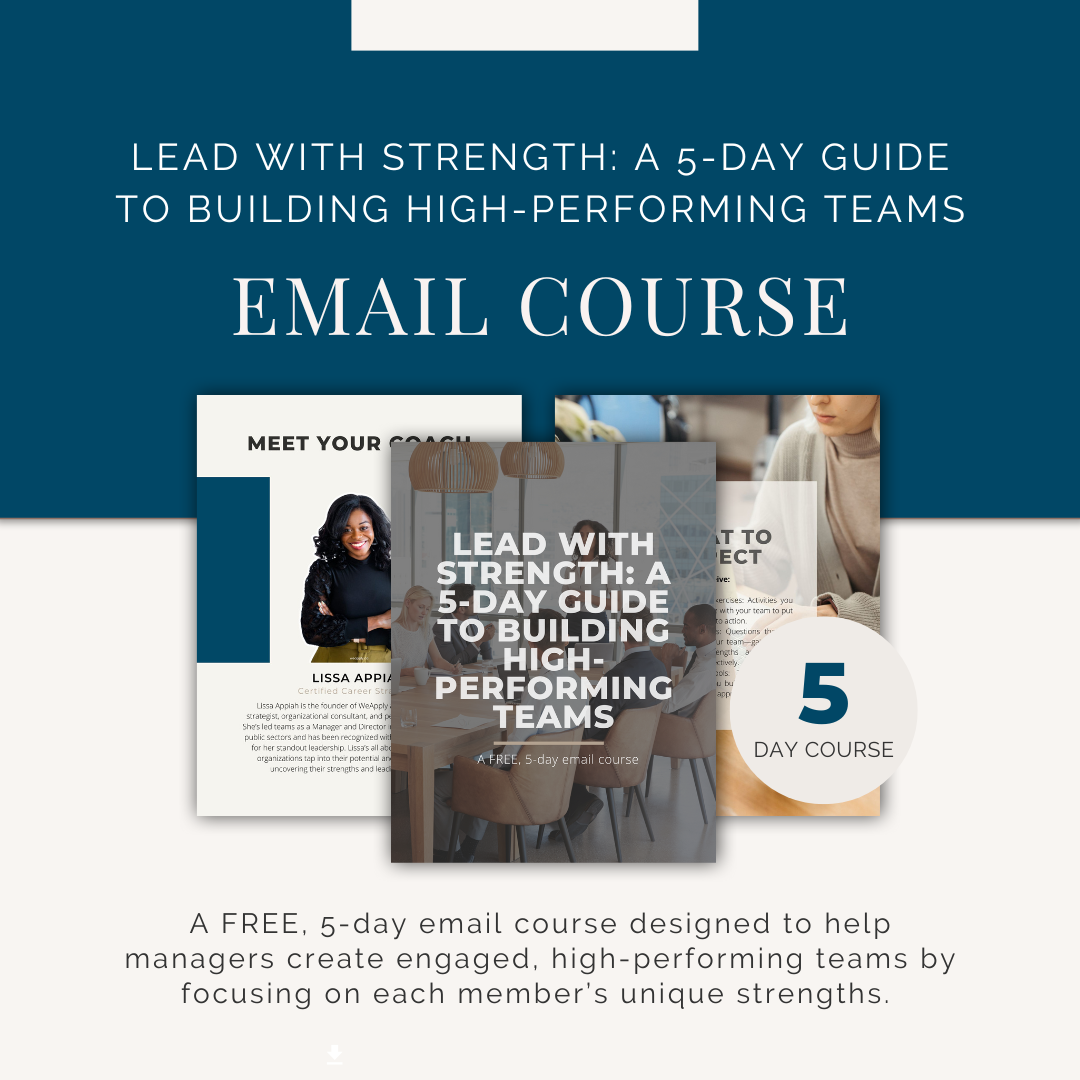What do you do when you want to build your personal brand, but your employer doesn’t want you to?
This is an issue so many corporate leaders deal with as they begin taking their LinkedIn presence seriously. There are several ways to approach this situation. In this blog, I am sharing with you three scenarios and options to address each scenario.
Before we dive into the scenarios, I want to make it clear that your personal brand is yours. Your LinkedIn profile is a personal account—not a business account. I do not condone an employer dictating what an employee can share online. However, you may run into one of these situations at work, so knowing how to navigate them is important.
Scenario #1: Your Employer is Reasonable
If your employer is understanding and you want to be proactive to avoid any conflict of interest or address questions about your personal brand, here are two options to consider:
Option 1: Complete Conflict of Interest Forms
If your company has a formal process to help you navigate potential conflicts of interest. Find out the process and fill out the necessary forms.Be proactive and do your research—don’t wait for someone to raise concerns. This demonstrates your commitment to maintaining a professional relationship.
Option 2: Communicate
Alternatively, if your company doesn’t have a formal process, consider discussing your plans with your manager. You may choose to disclose to your manager how you plan to build and use your personal brand on LinkedIn. For some of my clients, they’ve had to mention that you use automation tools to schedule posts, this helped reassure their employer that online activities don’t interfere with their job responsibilities.

Scenario #2: Setting Boundaries
If your employer starts asking more questions or makes comments about your personal brand, it’s time to set some boundaries:
Have a Candid Conversation
Help your employer understand that your personal brand is separate from your work. Reassure them that as long as your online presence doesn’t affect your job performance, it should be respected.
I was recently featured in a Globe and Mail article, where I joined other personal branding experts to share valuable insights on this topic.

Scenario #3: Protecting Your Brand
If your employer becomes unreasonable despite your transparency and boundary-setting efforts, it may be time to take stronger measures:
Block Them
As a last resort, consider blocking your employer and colleagues from viewing your LinkedIn profile. Your mental well-being and personal brand are priorities, and protecting them may require this step.

Balancing your personal brand with your professional life is achievable with transparency, professionalism, and clear boundaries.
To learn more about why everyone needs a personal brand, click here to read this blog.


